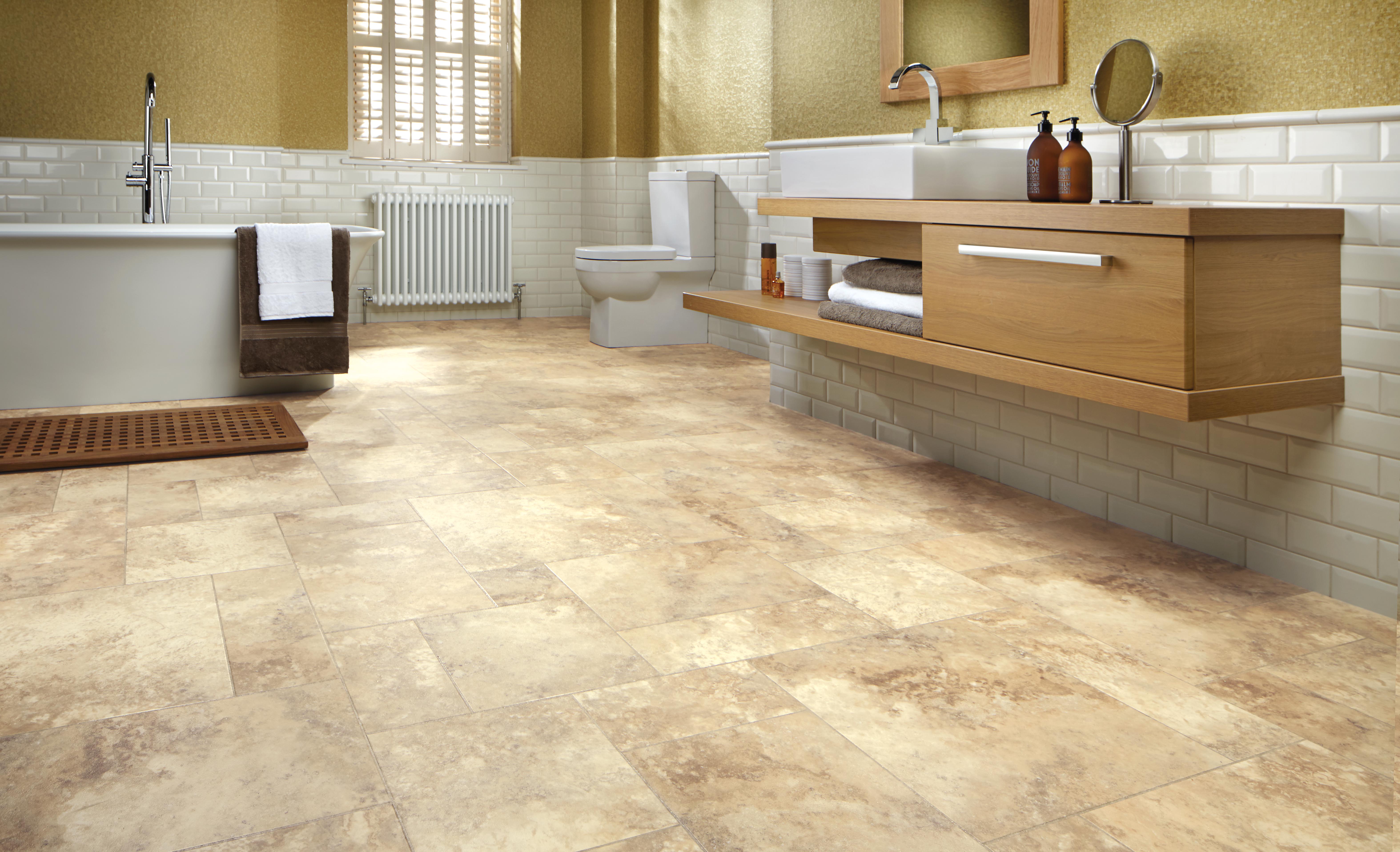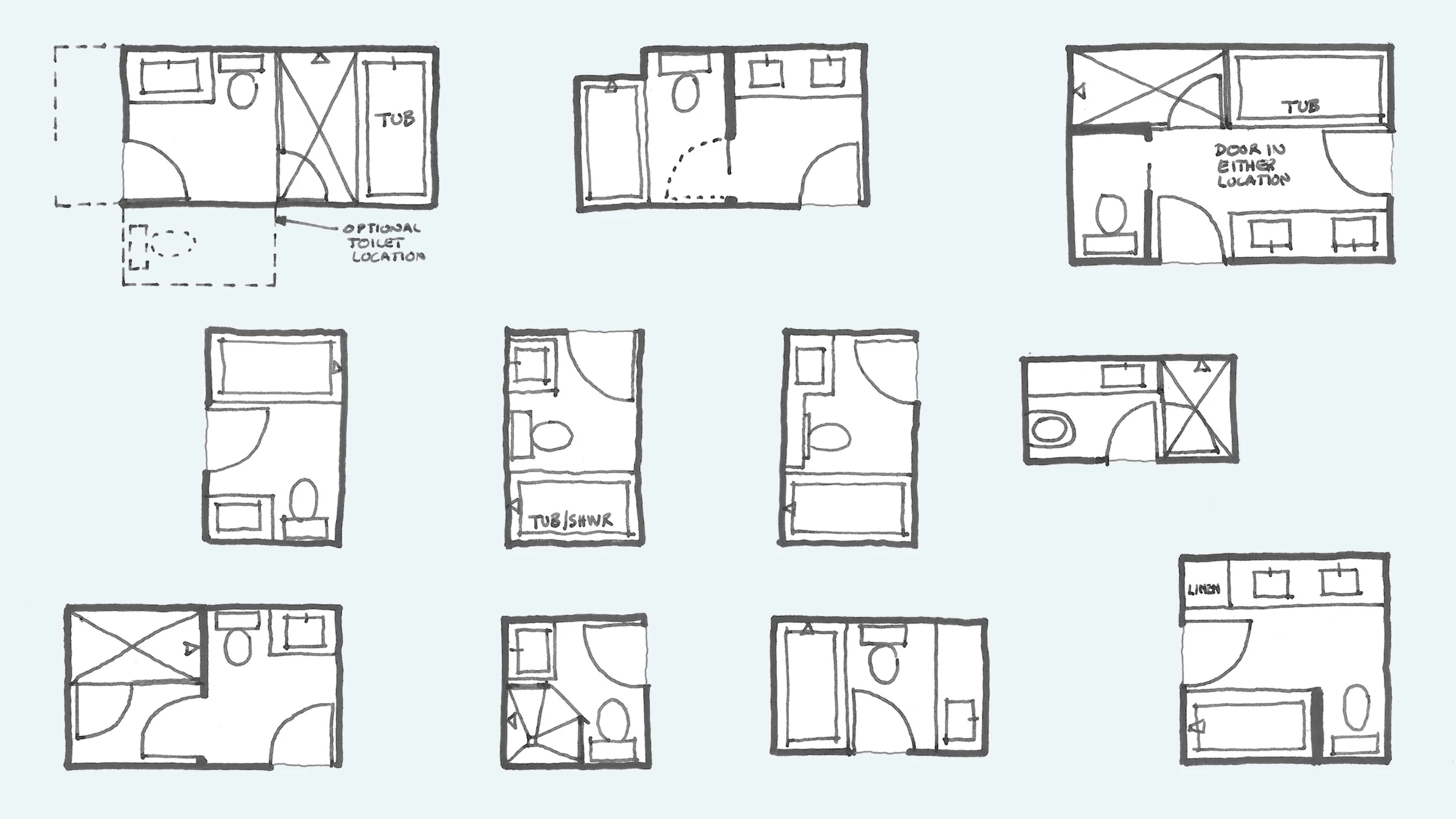One Piece Bathroom Floor Materials
Creating a one-piece bathroom floor offers a seamless and elegant look, eliminating grout lines and making cleaning a breeze. Choosing the right material for your one-piece floor is crucial, as it will impact the overall aesthetics, durability, and maintenance of your bathroom. Here’s a breakdown of popular materials and their considerations.
Porcelain Tile
Porcelain tile is a popular choice for bathroom floors due to its durability, water resistance, and wide variety of styles. It’s a versatile material that can mimic the look of natural stone, wood, or even concrete.
- Pros: Highly durable, water-resistant, stain-resistant, scratch-resistant, easy to clean, available in a wide range of colors, patterns, and textures, and can be used for both walls and floors.
- Cons: Can be cold to the touch, can be slippery when wet, and can be expensive, especially for high-end porcelain.
Porcelain tile can be laid in a variety of patterns, such as herringbone, basket weave, or even a simple grid pattern. Larger tiles can create a more spacious feel, while smaller tiles can add a touch of detail.
Natural Stone
Natural stone, such as marble, granite, and travertine, offers a timeless elegance and unique beauty to a bathroom. Each piece is one-of-a-kind, adding character and sophistication to the space.
- Pros: Natural beauty, durability, and can be used for both walls and floors.
- Cons: Can be expensive, requires sealing to prevent staining, can be porous and susceptible to scratches, and can be cold to the touch.
Natural stone can be used to create a variety of looks, from classic and elegant to modern and minimalist. Large slabs of marble can create a luxurious feel, while smaller tiles of travertine can add a rustic touch.
Vinyl
Vinyl flooring is a cost-effective and practical option for a one-piece bathroom floor. It comes in a wide variety of styles, including wood-look, stone-look, and even patterned designs.
- Pros: Affordable, water-resistant, easy to clean, comfortable underfoot, and available in a wide range of styles.
- Cons: Not as durable as tile or stone, can be susceptible to scratches and dents, and may not be as aesthetically pleasing as other options.
Vinyl flooring can be used to create a variety of looks, from classic and elegant to modern and minimalist. Vinyl planks can mimic the look of wood, while vinyl tiles can be used to create a more intricate pattern.
Engineered Wood
Engineered wood flooring is a great option for bathrooms that need a warm and natural feel. It’s made from layers of wood veneer, making it more stable and less prone to warping than solid wood.
- Pros: Natural beauty, warm underfoot, durable, and can be used for both walls and floors.
- Cons: Can be expensive, requires sealing to prevent water damage, and can be susceptible to scratches and dents.
Engineered wood flooring can be used to create a variety of looks, from classic and elegant to modern and minimalist. Wide planks can create a spacious feel, while narrow planks can add a more traditional touch.
Installation and Maintenance: One Piece Bathroom Floor

Installing a one-piece bathroom floor requires careful planning and execution to ensure a durable and aesthetically pleasing result. This section will discuss the installation process, including subfloor preparation, tile laying, and grout application, along with the importance of proper sealing and waterproofing. It will also provide tips for cleaning and maintaining a one-piece bathroom floor to ensure its longevity.
Subfloor Preparation
A strong and even subfloor is crucial for a successful one-piece bathroom floor installation. The subfloor should be free of any imperfections, such as cracks, gaps, or unevenness. The following steps are essential for proper subfloor preparation:
- Remove any existing flooring or coverings.
- Inspect the subfloor for any damage or defects. Repair any cracks or gaps with patching compound or wood filler.
- Ensure the subfloor is level. If necessary, use a leveling compound to create a smooth and even surface.
- Clean the subfloor thoroughly to remove any debris or dust.
Proper subfloor preparation will prevent problems such as cracking, sagging, or unevenness in the finished floor.
Tile Laying
Tile laying is a crucial step in the installation process, requiring precision and attention to detail. The following steps Artikel the process:
- Start by laying out the tiles on the subfloor to determine the best arrangement and ensure a balanced pattern.
- Apply thin-set mortar to the subfloor using a notched trowel. The mortar should be spread evenly and in a consistent thickness.
- Carefully place the tiles onto the mortar bed, ensuring they are level and aligned. Use spacers to maintain consistent grout lines.
- Press down firmly on the tiles to ensure good adhesion to the mortar.
- Clean up any excess mortar from the tiles and surrounding areas.
Grout Application
Grout is used to fill the spaces between the tiles, providing a seamless and durable finish. The following steps describe the grout application process:
- Allow the thin-set mortar to cure completely before applying grout. This typically takes 24-48 hours.
- Mix the grout according to the manufacturer’s instructions, ensuring a smooth and consistent consistency.
- Apply the grout to the spaces between the tiles using a grout float. Work the grout into the spaces, ensuring it is fully packed.
- Remove any excess grout from the tile surface using a damp sponge.
- Allow the grout to cure completely before applying sealant. This typically takes 24-72 hours.
Sealing and Waterproofing
Sealing and waterproofing are essential for protecting a one-piece bathroom floor from water damage. These steps ensure the longevity and integrity of the floor.
- Apply a sealant to the grout lines to prevent water penetration and staining.
- Use a waterproof membrane or sealant on the subfloor to create a barrier against moisture.
- Ensure all joints and seams are properly sealed to prevent water leakage.
Cleaning and Maintenance
Regular cleaning and maintenance are essential for preserving the beauty and durability of a one-piece bathroom floor.
- Sweep or vacuum the floor regularly to remove dust and debris.
- Use a mild cleaning solution and a soft-bristled brush to clean the floor. Avoid harsh chemicals or abrasive cleaners.
- Rinse the floor thoroughly with clean water and dry it completely.
- Apply a sealant to the grout lines periodically to maintain their protection.
- Inspect the floor regularly for any signs of damage or wear. Repair any issues promptly to prevent further problems.
Design Considerations

One piece bathroom floor – A one-piece bathroom floor, while practical and durable, also presents a unique opportunity to enhance the overall aesthetic of your bathroom. Choosing the right design elements can transform your bathroom into a stylish and inviting space. This section explores key design considerations to help you create a bathroom floor that complements your vision.
Color Scheme and Style
The color scheme and style of your one-piece bathroom floor should harmonize with the overall design of your bathroom. Consider the existing fixtures, cabinetry, and wall colors. A light and airy color palette can create a sense of spaciousness, while darker colors can add a touch of sophistication. For a modern bathroom, you might opt for sleek, geometric patterns or minimalist designs. A traditional bathroom might benefit from classic patterns or warm, earthy tones.
Incorporating Accents and Decorative Elements, One piece bathroom floor
While a one-piece bathroom floor is a single unit, there are still ways to add visual interest and personality. Consider incorporating decorative elements such as:
- Border Tiles: A border of contrasting tiles around the perimeter of the floor can create a defined space and add a touch of elegance.
- Inlay Designs: Intricate designs can be created by using small tiles of different colors or materials embedded into the floor.
- Textured Surfaces: A textured surface can add visual interest and tactile appeal.
Lighting Impact
Lighting plays a crucial role in how your one-piece bathroom floor appears. Natural light can highlight the color and texture of the floor, while artificial lighting can create different moods. Consider these points:
- Natural Light: Maximize natural light by using windows or skylights to showcase the floor’s beauty.
- Artificial Lighting: Use a combination of overhead and task lighting to create a balanced and functional space. Warm-toned lighting can create a cozy atmosphere, while cool-toned lighting can enhance the brightness and clarity of the floor.
